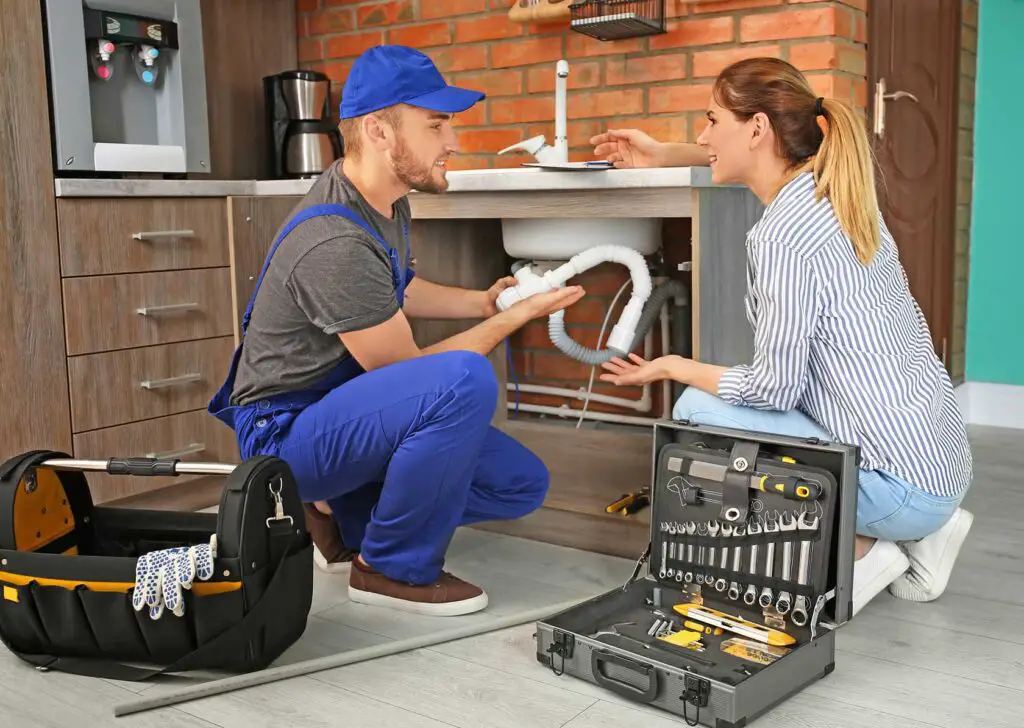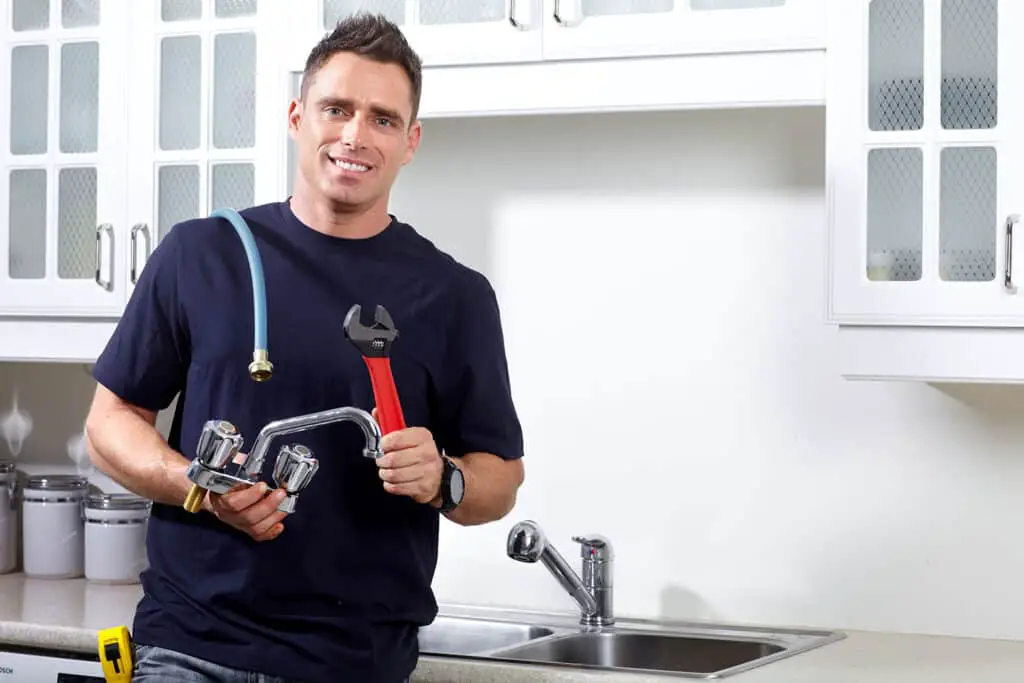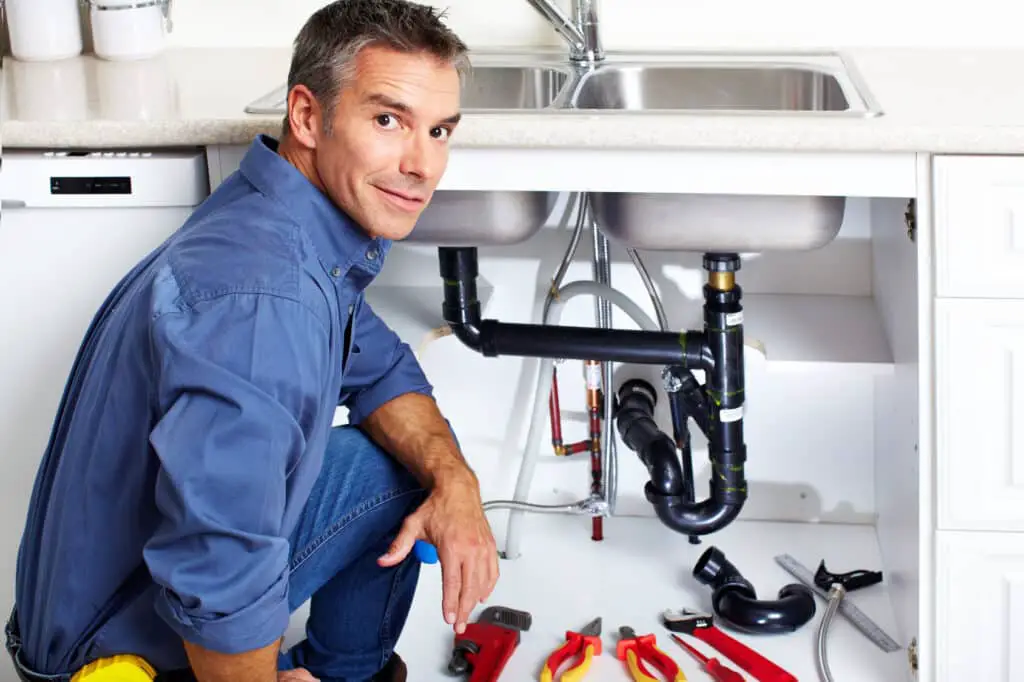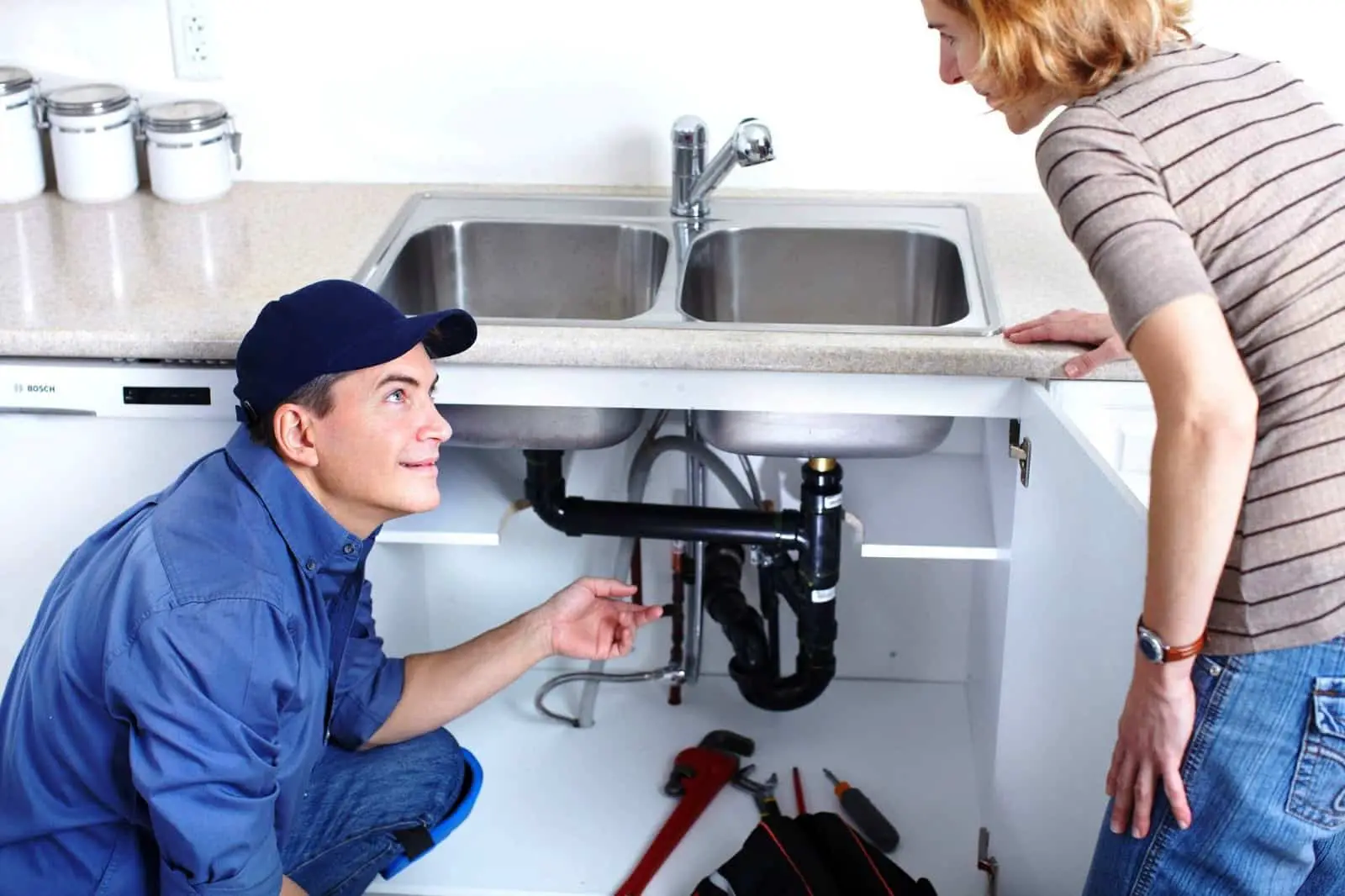When Did Plumbing Become Common In Homes
Introduction:
When Did Plumbing Become Common In Homes: The prevalence of plumbing in homes has significantly transformed the way we live, providing convenient access to clean water and efficient waste disposal. This essay explores the timeline and factors that contributed to the widespread adoption of plumbing in residential homes. Plumbing systems, as we know them today, have a rich history that spans thousands of years, but it was during the late 19th and early 20th centuries that plumbing became increasingly common in homes.
Plumbing systems have roots in ancient civilizations, where rudimentary forms of indoor plumbing existed thousands of years ago. Modern household plumbing systems were made possible by advances in technology, materials, and societal necessities. Clean water supply, public health advances, and rising living standards drove house plumbing system growth.
Plumbing technology advanced in the late 19th and early 20th centuries. Pressurized water systems, copper and iron pipes, and fittings and valves made indoor plumbing easier for residential homes at this time. These advances, urbanization, and the demand for better sanitation and hygiene led to more household plumbing systems.

How old is modern plumbing?
“Modern” Plumbing ~ 1850 CE
But it wasn’t until Thomas Crapper came along in the mid 1850s that toilets found their ways into the mainstream. Around this time public toilets became available in London’s Crystal Palace, leading to more widespread adoption.
Modern plumbing, as we understand it today, emerged in the late 19th and early 20th centuries. While the concept and rudimentary forms of plumbing date back thousands of years, the advancements and technologies that define modern plumbing systems began to take shape during this period.
In the 19th century, significant innovations transformed plumbing practices. Cast iron pipes were introduced, replacing older materials like lead, wood, or stone. The development of indoor plumbing fixtures such as toilets, sinks, and bathtubs revolutionized the way water was used within homes. Additionally, the creation of pressurized water systems allowed for the efficient distribution of water throughout buildings.
Notable advancements during this time include the invention of the flush toilet by Thomas Crapper and the creation of modern sewage systems by engineers like Sir Joseph William Bazalgette. These developments laid the foundation for the modern plumbing systems we rely on today.
What did people do before indoor plumbing?
Pre-Indoor Plumbing
Washing took place at a washstand in the bedroom, with a pitcher and a bowl; defecating happened in the outhouse or the chamber pot; bathing, when it occasionally happened, was often in a tub by the stove in the kitchen, where the hot water was.
Before the advent of indoor plumbing, people relied on various methods to fulfill their water and sanitation needs. The specific practices varied depending on the time period, geographical location, and cultural practices. Here are some common methods used before indoor plumbing became common:
Water Sources
People obtained water from natural sources such as wells, springs, rivers, or rainwater collection systems. They would manually draw water using buckets or containers and transport it to their homes.
Outhouses and Privies
To address sanitation needs, outdoor facilities like outhouses or privies were used as makeshift toilets. These structures were typically located outside the main living areas and required manual waste disposal.
Chamber Pots and Slop Jars
In some cases, chamber pots or slop jars were used as portable indoor toilets. These containers were kept within the living areas and required manual emptying into designated waste disposal areas.
What is the oldest known plumbing?
Copper water pipes found in Indus River Valley palace remains are the oldest plumbing evidence. The pipes date back to 4000-3000 B.C. The Indus Valley’s ancient urban civilization also contained 2700 B.C. earthen plumbing pipelines.
The Indus Valley Civilization (3300–1300 BCE) has the oldest plumbing infrastructure. The archaeological sites of Mohenjo-daro and Harappa in Pakistan have shown sophisticated water management and plumbing systems.
The ancient Indus Valley cities had well-planned dwellings with private baths and indoor plumbing. Advanced brick-lined sewers, sewage systems, and flush toilets were installed. Home water supply networks connected to public wells and reservoirs ensured a consistent supply.
The Indus Valley Civilization’s plumbing systems show that engineering and urban design were advanced. Sanitation and cleanliness were valued early on, demonstrating the benefits of effective water supply and waste management.
One of the oldest plumbing systems was the Indus Valley Civilization, but ancient Egypt and Rome also had primitive plumbing systems. Aqueducts, canals, and basic pipe networks carried water for public baths, fountains, and households. The Indus Valley plumbing systems are among the earliest plumbing systems.
When did most families get indoor plumbing?
By the turn of the century and into the early 1900s, running water became more accessible to the average home. Still, most could not afford indoor plumbing and relied on outhouses and well pumps. By the 1930s, both running water and indoor plumbing were widely available.
The timeline for when most families obtained indoor plumbing can vary depending on factors such as geographical location, economic circumstances, and technological advancements. In general, the widespread availability of indoor plumbing in homes began to occur during the mid-20th century.
In the United States, for example, the 1940s and 1950s marked a period of significant growth in the adoption of indoor plumbing. This was partly due to advancements in plumbing technology, materials, and the post-World War II economic boom. During this time, many rural areas and smaller communities were gradually connected to centralized water supply systems, allowing more families to access clean water and adopt indoor plumbing.
However, it’s important to note that disparities existed between urban and rural areas, as well as between different socioeconomic groups. Urban areas tended to have faster adoption of indoor plumbing, while rural areas often faced infrastructure challenges and lagged behind in the availability of centralized water systems.
What percentage of the world does not have indoor plumbing?
About 60% of the world’s population—4.5 billion people—has no toilet or one that doesn’t safely manage human waste.
About 30% of the world’s population lacks basic sanitation, including indoor plumbing. However, indoor plumbing availability varies widely by country and location. Indoor plumbing is less common in developing countries, especially rural ones, than in wealthy countries with infrastructure and sanitation systems. In some locations, poverty, lack of infrastructure, and lack of clean water prevent indoor plumbing.
Due to government, organization, and initiative efforts to improve sanitation facilities worldwide, these numbers may have altered before 2021. The UN Sustainable Development Goals aim to enhance global sanitation standards and promote universal access to sanitation.
For the most accurate and up-to-date information on the percentage of the world population without indoor plumbing, consider recent reports and research from reputable international organizations like the WHO or UN.
When did plumbing become common in homes?
The Indus Valley Civilization, ancient Egypt, and ancient Rome had primitive indoor plumbing. Modern plumbing systems became more popular in the late 19th and early 20th centuries. Pressurized water systems, improved materials, and fixtures and valves made indoor plumbing more accessible and feasible for residential dwellings during this time.
Home plumbing increased in the late 19th and early 20th centuries. Ancient civilizations like the Indus Valley Civilization and ancient Rome had primitive indoor plumbing, but modern plumbing systems grew more common in private homes throughout this time.
This period saw plumbing technology improve, making it more accessible and practical for houses. Pressurized water systems, copper and iron pipes, and fittings and valves made interior plumbing more reliable and efficient throughout this time.
The growing awareness of the health benefits of clean water and waste disposal also drove residential plumbing. Sanitary engineering and the necessity for better living standards drove home plumbing system modernization.

What factors contributed to the increased prevalence of plumbing in homes?
Several factors contributed to the increased prevalence of plumbing in homes. The recognition of the importance of clean water supply and proper waste disposal in improving public health played a significant role. Advancements in technology, such as the development of water treatment methods and the understanding of sanitary engineering, also contributed to the growth of plumbing systems in homes. Additionally, improvements in materials, such as the use of copper and iron pipes, made plumbing more durable and reliable. The growing urbanization and improved living standards during the late 19th and early 20th centuries also created a demand for modern plumbing systems in residential homes.
Several factors contributed to the increased prevalence of plumbing in homes:
Public Health Awareness
The recognition of the link between clean water supply, proper waste disposal, and public health played a significant role in driving the adoption of plumbing systems. As the understanding of sanitation and hygiene improved, there was a growing awareness of the importance of clean water for drinking, cooking, and personal hygiene. Plumbing systems provided a convenient and efficient means of delivering clean water and safely removing waste, reducing the risk of waterborne diseases and improving overall health.
Technological Advancements
Advancements in plumbing technology played a crucial role in making plumbing more practical and accessible for residential homes. Innovations such as pressurized water systems, improved piping materials (such as copper and iron), and the development of fixtures and valves made it easier to install and maintain plumbing systems. These advancements increased the efficiency, reliability, and durability of plumbing infrastructure, making it more appealing for homeowners.
Urbanization and Improved Living Standards
The growth of urban areas and improvements in living standards also contributed to the increased prevalence of plumbing in homes. As cities expanded and populations grew, the demand for modern amenities, including indoor plumbing, increased. Improved living standards and a desire for convenience and comfort played a role in driving the adoption of plumbing systems.
Were there any challenges or obstacles in making plumbing common in homes?
There were indeed challenges and obstacles in making plumbing common in homes. One significant challenge was the initial cost of installing plumbing systems, which could be expensive for many households. Additionally, the availability of clean water sources and the development of water supply infrastructure posed challenges in certain regions.
Yes, there were several challenges and obstacles in making plumbing common in homes. Here are some of the key challenges that were faced:
Cost
The initial cost of installing plumbing systems was a significant barrier for many households. Plumbing required the installation of pipes, fixtures, and other components, which could be expensive, especially for lower-income families. The cost of materials, labor, and the complexity of the plumbing infrastructure posed financial challenges.
Water Supply Infrastructure
Availability and access to clean water sources were challenges in certain regions. In areas without proper water supply infrastructure, obtaining a reliable source of clean water for plumbing systems was a hurdle. The development of adequate water supply infrastructure and the expansion of water distribution networks were necessary to make plumbing feasible and accessible to a wider population.
Skilled Labor
The need for skilled plumbers presented another obstacle. Designing and installing plumbing systems required specialized knowledge and expertise. In some areas, there was a shortage of skilled plumbers, making it difficult for households to have access to professionals who could effectively install and maintain plumbing systems.

Conclusion
The common adoption of plumbing in homes took place gradually over time, with significant advancements occurring during the late 19th and early 20th centuries. While rudimentary forms of indoor plumbing existed in ancient civilizations, modern plumbing systems as we know them today became more prevalent during this period. Factors such as advancements in technology, improvements in materials, and the recognition of the importance of clean water supply and waste disposal in public health played pivotal roles in making plumbing common in homes.
The increased prevalence of plumbing in homes was not without its challenges. The initial cost of installing plumbing systems, the availability of clean water sources, and the need for skilled plumbers were obstacles that needed to be overcome. However, as technology improved and costs reduced, plumbing became more accessible to a wider population, contributing to improved living standards and public health.
The widespread adoption of plumbing systems in homes had a profound impact on society. It revolutionized hygiene, sanitation, and public health by providing clean water for drinking, cooking, and sanitation purposes. The convenience and comfort brought by indoor plumbing transformed daily life, making tasks such as bathing, cooking, and waste disposal more efficient and convenient. Additionally, plumbing played a crucial role in urban development, enabling the growth of cities and improving living conditions. Overall, the common presence of plumbing in homes marked a significant milestone in human history, significantly improving public health and quality of life.








